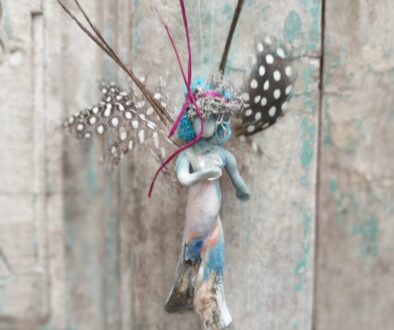Killdeer
In winter they form small flocks, often hanging out in grassy or bare earth fields, marshes, or even car parks. They are tough, handling the coldest weather, huddled up in loose groups always facing into the wind. In summer, they separate into pairs, breeding in lots of places that you frequently go.
The Killdeer is a real character. Perhaps that is why I really like them.

If you are just arriving here in spring for the summer, Killdeer are probably already on their breeding grounds; it could be your stone driveway or a barren earth area behind your house. The grassy area in front of the Cape May Point lighthouse is a regular place. In fact, any shorebird on a bare-earth or short-grass field is highly likely to be this species. They can be in wet pools but are surprisingly rare on the beach; this is where the other plover species usually hang out.
Some of you will know the local resident and roofer “Murph.” Way back in 2007 (I would have sworn it was less than 10 years ago), Murph gave me a call to ask me about these crazy birds up on the roof of the North Cape May Acme complex. Because the roof is flat with a gravel surface, a pair of Killdeer had decided this was a great place to breed. A slightly higher batch of stones provided a better viewpoint, and a shallow scrape the ideal place for four eggs that blended in perfectly with the stones. Whether a parent is incubating the eggs or not, Killdeer nests are remarkably easy to walk past unnoticed.
If camouflage is not enough, Killdeer has another little trick for hiding eggs or young’uns. If you do happen to spot them near, or on, the nest they will do their “broken wing” display. Leaning down to one side, they hold their tail spread and a wing out and bent back as if it were broken. Named after their call, a loud kill-deer, they call incessantly to get your attention. Long, loud, mournful, nagging, it will certainly grab your attention. Then it will make a short run with its broken wing; it looks back to make sure you are following. If you aren’t, it will shuffle back closer to you and try again. As you keep following, you are being taken further and further away from the nest or newly hatched babies. If you don’t follow, be careful, or the next thing is you will be treading on eggs!

The Killdeer’s flashy colors and loud, distinctive voice are also used in the courtship display. It usually takes place at the nest and so is known as the scrape ceremony. The male crouches down, fluffs out his breast feathers and kicks back the earth to make a shallow scrape. The female, suitably impressed, stands next to him to let him know he is her man. Leaning forward, tail raised and spread to show off, he calls rapidly: he has got his lady. You can probably work out what happens next!
Killdeers are plovers so have the usual stop-start walking style of that group. Comfortably the largest of the plovers with a long tail and legs, they look sleek and elegant. They are small headed with a pointy bill, but you have to look for their dazzler of a red eye ring. They are so spiffy! If in any doubt as to what species this is, look for the two complete breast bands; all the other plovers have one breast band, or poor excuses for one. The long tail looks slim and rounded at the tip. Sometimes it will flare it, particularly when agitated, revealing a beautiful pattern of colors. The thick white edge is bordered by black subtle indents everywhere. The rest of the tail is a beautiful burnt orange. The pattern is too complicated to remember accurately, but things of beauty don’t need to be studied that carefully to blow your mind.
Killdeer are amazing birds; beautifully patterned with incredible personality. They are here year-round. They always hang out in the same places, so go out and find them. They will become something you really love if you spend enough time with them.



